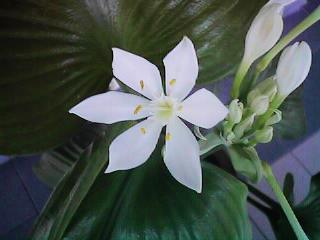
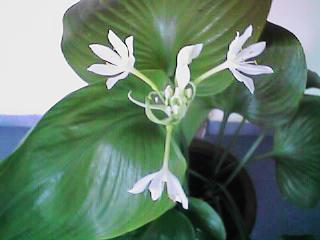
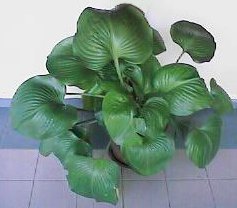
Malaysia's tropical rain forest is one of the most complex and rich ecosystems in the world. It is home to about 14,5000 species of flowering plants and trees,600 species of birds,210 species of mammals,150 species of frogs,140 species of snakes,80 species of lizards and numerous species of insects and other life-form. The Flora of Malaysia is rich and varied. Plants of a certain type are rarely confined to a small area. They do not recognize a country's boundaries. Thus plants of Malaysia may also be found in its neighboring regions of Southern Thailand, Indonesia and Singapore. Because of the large varieties of Malaysian plants, only a very small selection of the plants can be given here.



This plant name is Bunga Sepenuh. This flower family name is Amaryllidaceous=Liliaceae and scientific name is Eurycles Amboirensis(Li) Lindl=Eurycles Sylvestris Salisp. This flower size is about 4cm and other name for this plant is Brisbarelly.This flowering plant is the native of Mexico and Guatemala. The plant is from a bulb. Flowers appear at the top of the bulb on a long stalk. It planted by splitting the clumps of offspring bulbs.
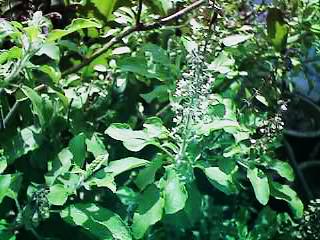
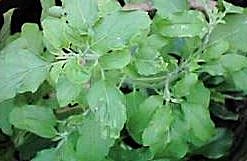
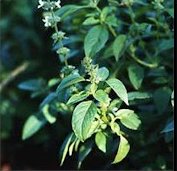
This plant name is Selasih Hijau. This flower family name is Labiataceac and scientific name is Ocimum Basilicum. This flower size is o.3cm and other name is Sweet Basil and Tagalog name is Balandi, Tamil name is Thulasi, Thai name is Bai HolabaThey are native of India, Myanma, Thailand, Malaysia and Indonesia. The sundried seeds are aeromatic, and used as a flavouring and spice. The leaves are also aeromatic and are used in some traditional raw in ulam (traditional salads) and traditional dishes. The flowers and seeds are tiny. Planting can be by seeds, stem cuttings. The seeds can be obtained as a curry spice from sundry and spice shops.
>
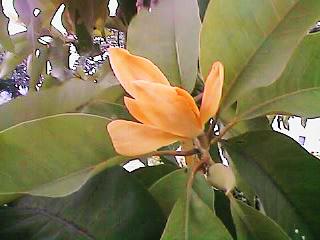
This flower name is Bunga Cempaka Kuning. His family name is Magnoliaceae and scientific name is Mickelia Champaka. Size for this is 5cm and other name is Orange Champaka.This flowering shrub that can grow to be a small tree is originated from India. The flowers are yellow and very fragrant. Propergated through marcotting or from seeds. Wild plants have been recorded from the forest of Chameron Highlands.
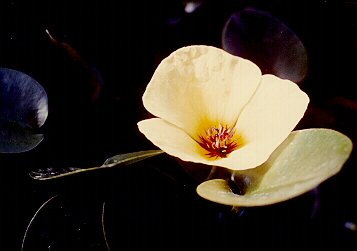
This flower name is Bunga Popi Air. His family name is Butomaceae and scientific name is Hadrocteris Nymphoides. Size for this plant is 4cm and other name is water poppy.This is an aquatic plant. This plant is the native of South America. It is now found wild in Malaysia. The plants floats on the water surface. Its average size light yellow flowers stands out among its light green leaves.
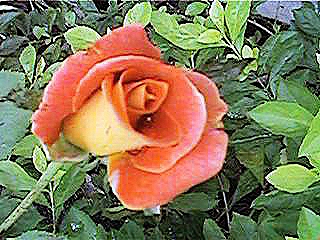
This plant name is Ros Jingga Kuning. Family name is Rosaceae and scientific name is Rosa Odorata. Size for this plant is 6cm and other name is Scented Orange Rose and Tamil name call Rojappoo.This is a scented, multiple petals orange rose. The petals do no fully open out. There are many varieties and hybrids of Rosa odorata. Propogation is by marcorting or cuttings.
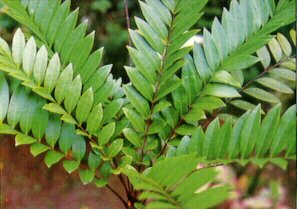
Family name for this is Simarubaceae and scientific name is Eurgcoma Longifolia. Size for this is 6.5cm and other name is Ali's Walking Stick.This is a small usually unbranched tree up to 10 meters tall. Made popular due to its traditional use as a Malay medicinal plant. One of it many names when literally translated means bitter antidode.
Butterflies are colorful winged insects. The butterfly we usually is the adult stage of their life cycle. They start their life as eggs. The eggs hatch into caterpillars. This is called the larvae stage. At this stage they feed mainly on leaves, flowers, plant parts and other vegetable matter. Sometime they are pests of our crops. In due time the caterpillars forms a chrysalis. This is called the pupa stage. Here it rests and change from a biting mouth parts of the caterpillar to the long sucking tongue like proboscis. It also grows two pairs of wings. From the pupa immerge the adult or imago, the butterfly that we all know so well. It will now look for food, mate and lay eggs. Thus starting the four stages of its life cycle again.
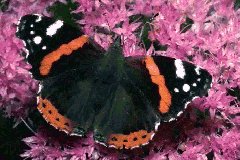 Butterflies
are animals without backbones or invertebrates. Because they have
jointed legs they are classified under the Phylum Arthropoda.
Butterflies are insects, their bodies are divided into three
segments, the head, the thorax and the abdoment. They belong to
the Class InsectaBoth the butterflies and the moths are related.
They both belong to the Order Lepidoptera. Moths are placed under
the Suborder Heterocera, and butterflies under the Suborder
Rhopalocera. Eliot in his book reclassified Lepidoptera into
three Suborders, the butterflies, the moths and the skippers
under the Suborder Grypocera. However for this web site we will
maintain the skippers as butterflies under the Suborder
Rhopalocera
Butterflies
are animals without backbones or invertebrates. Because they have
jointed legs they are classified under the Phylum Arthropoda.
Butterflies are insects, their bodies are divided into three
segments, the head, the thorax and the abdoment. They belong to
the Class InsectaBoth the butterflies and the moths are related.
They both belong to the Order Lepidoptera. Moths are placed under
the Suborder Heterocera, and butterflies under the Suborder
Rhopalocera. Eliot in his book reclassified Lepidoptera into
three Suborders, the butterflies, the moths and the skippers
under the Suborder Grypocera. However for this web site we will
maintain the skippers as butterflies under the Suborder
Rhopalocera
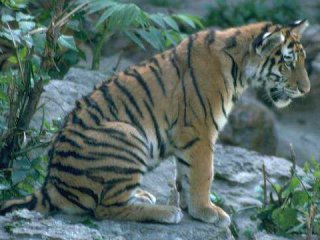 Introduction
IntroductionMammals are animals with backbones or vertebrae. They feed their young on milk. They reproduce mainly by giving birth to life young. Mammals are warm blooded and have a constant temperature. Mammals are classified under the Class Mammalia. There are more than 4000 species of animals in the world. The aim of these web pages is to provide a collection of pictorial guide on Malaysian mammals
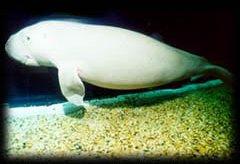 This animal name
is Dugong. He come from family Dugongidae and scientific name is
Dugong Dugon. This animal size is 240cm. Dugong is the only
species of the Family Dugonidae. It is a marine mammal, related
to the sea cows.
This animal name
is Dugong. He come from family Dugongidae and scientific name is
Dugong Dugon. This animal size is 240cm. Dugong is the only
species of the Family Dugonidae. It is a marine mammal, related
to the sea cows. 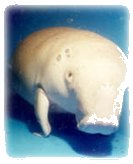 It frequents
our shores. They have a deeply notched tail. Dugongs have tiny,
short & stiff hair on their snout & scattered all over
the body. A pair of incisor teeth forms tasks in the male. The
main food for Dugons are seaweed and sea grass. Dugongs are
rearly seen by people except for fishermen, the last sighting in
Malaysia was in 1999.
It frequents
our shores. They have a deeply notched tail. Dugongs have tiny,
short & stiff hair on their snout & scattered all over
the body. A pair of incisor teeth forms tasks in the male. The
main food for Dugons are seaweed and sea grass. Dugongs are
rearly seen by people except for fishermen, the last sighting in
Malaysia was in 1999.
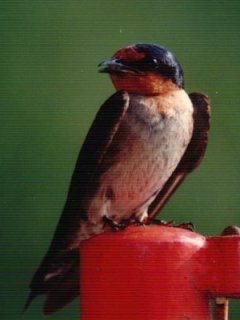
This bird name is Resident Swallow. Family name is Hirundinidae and scientific name is Hirundo Tahitica. Size for this13cm. The Resident Swallow is also called the Pacific Swallow. It is a common bird found thoughout the country. The photo above was taken in the Genting Highlands, Pahang and the photo below was taken in Penang. The breeding season is from March to June. The nests are cup shaped, made from a mixture of mud, grass and feathers.
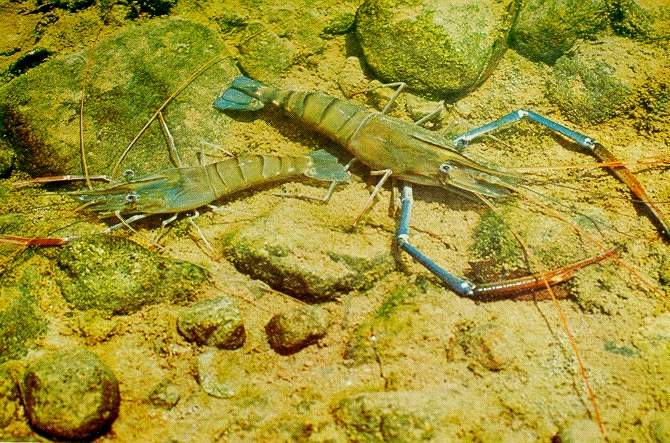 This prawn name
is Udang Galah. He coma from family Palaemonidae and scientific
name is Macrobranchium Rosenbergii and size for this prawn is
24cm. This prawn also call Giant Freshwater Prawn. This is a huge
local freshwater prawn that can reach up to 24 cm. It is easily
reared and grows fast. They are the native of Malaysia and
Indonesia, but can be found in many South East Asian countries.
The giant freshwater prawn is native to most of the Indo Pacific
Region. It ia a fovourate among the local people and because
their demand is greater then their supply, they are highly
priced.
This prawn name
is Udang Galah. He coma from family Palaemonidae and scientific
name is Macrobranchium Rosenbergii and size for this prawn is
24cm. This prawn also call Giant Freshwater Prawn. This is a huge
local freshwater prawn that can reach up to 24 cm. It is easily
reared and grows fast. They are the native of Malaysia and
Indonesia, but can be found in many South East Asian countries.
The giant freshwater prawn is native to most of the Indo Pacific
Region. It ia a fovourate among the local people and because
their demand is greater then their supply, they are highly
priced.
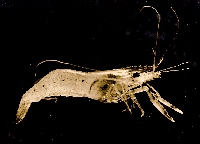

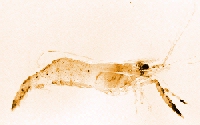
This prawn name is Udang Galah Kecil. He come from family Palaemonidae and size is 0.8mm and also call Pond Shrimp. The male prawn shrimp is larger when compared to the female. The pincers are also bigger, the right pincer being bigger than the left one. Their bodies are transparent. The pond shrimp can be found in the wild, usually in ponds that are sandy such as disused tin mining pools.
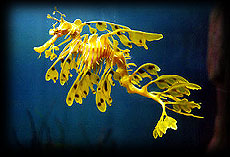
This fish name is Ikan Naga Laut. His size is 30cm and family name is Sygnathidae and also call Leafy Seadragon. The Leafy Seadragon have many leaf-like appendages on their heads and bodies. They are related to the seahorse that look very much like seaweeds. They are great masters of camouflage as they deceive their predators by floating around slowly among seaweed.
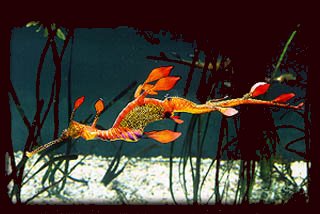
This fish name is Ikan Naga Laut. His size is 45cm. family name is Sygnathidae and also call Weedy Seadragon. A species of seahorse that is covered with outgrowth that look remarkably like seaweed. Predators usually ignore seaweed, and many animals escape attention because they resemble such commonplace objects.
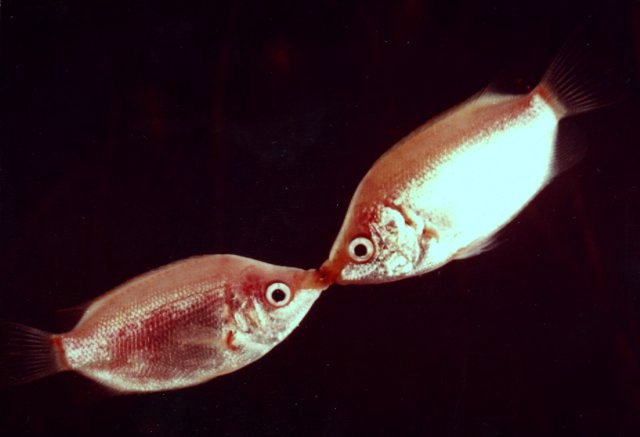
This fish name is Ikan Temakang Putih and the size is 10cm and also call White Kissing Gourame. A pretty fish where its common name is derived from an explained unsual habits of kissing. This is probably, but not certainly a sympton of courtship or a show of strength. Both sexes are to kiss, and even young fishes kiss too. Do not built bubble nests, the eggs and the young floats.
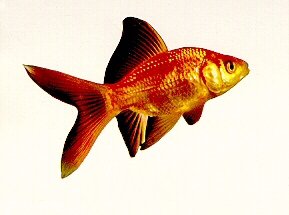
This fish name Kap Emas and his size is 30cm and also call Gold Carp. This fish is also originally from China. It is farmed for sale to restarants. Because of its beauty, this carp is often displayed in aquariums for customers to choose before they are cooked. Now this fish is popular as a decorative fish in indoor ponds and fountains in offices, public places, super markets, restarants, and in homes.
Also called climbing gourami, any of about 40 species of freshwater fish making up the climbing gourami family, which are native to Africa and southern Asia. The best-known species is a 25-cm (10-in) fish found in India, Malaysia, and the Philippines and commonly called the climbing perch because of its resemblance to the perch in general form. The mouth is relatively large, with conical teeth. The fish, generally carnivorous, is able to leave pools that are in danger of drying and to travel on land, owing to the water retained in interstices connected with the gills. It is even said to climb trees by means of its spinous gill covers and by fixing its anal fin in cavities of the bark. It usually leaves the water at night when dew is on the ground.
Scientific classification: Climbing fish constitute the family Anabantidae. The climbing perch is classified as Anabas testudineus.
![]() States
States
![]() Tourism
Tourism
![]() National
Symbols
National
Symbols ![]() History
History
![]() Geography
Geography
![]() Flora
& Fauna
Flora
& Fauna ![]() Economy
Economy
![]() Culture
Culture
![]() Festivals
Festivals
![]() Transportation
Transportation
![]() Accommodation
Accommodation
![]() Foreign
Exchange
Foreign
Exchange ![]() Food
Food
![]() Fruits
Fruits